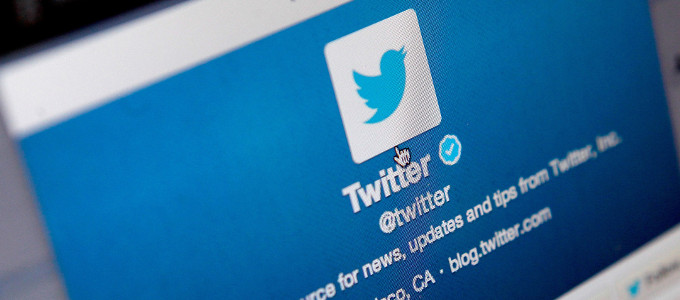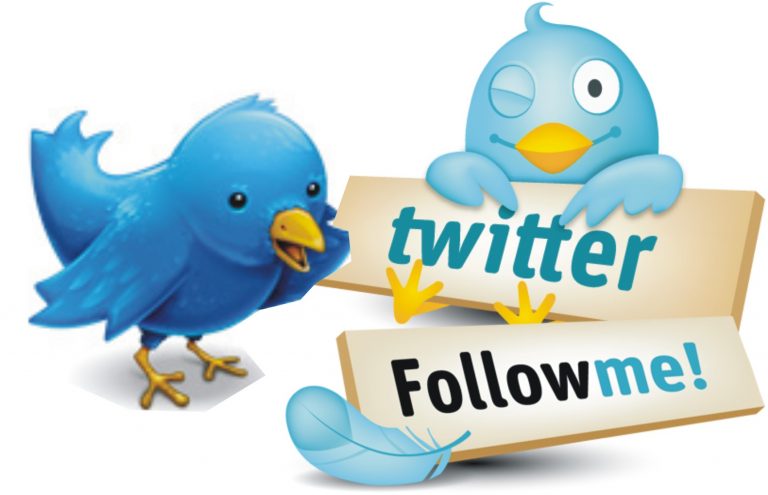Five Wickedly Clever Ways to Use Twitter
We’re always hearing about what an incredible tool Twitter can be, particularly when dealing with real-time events – before Twitter, there was never such an incredibly effective way to track trends, news and events as they happen. In a world where things happen at a faster and faster pace, tools like Twitter are going to become indispensable as we move forward into the future.
Not convinced? Here’s five wickedly clever ways to use Twitter:
Real-Time Customer Service.
When customers have a problem with the companies they give their business to, they have that problem now. The problem is, the traditional technical support structure that’s arisen isn’t particularly good at getting things done now. It’s very good at making you wait listening to irritating hold music designed to relax you but which, in fact, only infuriates you further. It’s very good at explaining to you that it can’t personally help you, but if you’d be willing to tell your whole sad story again to a different representative, that representative might be able to help you. Neither of these things is going to endear a customer to a business; indeed, customer service complaints are the single largest reason why customers switch over to competitors.
Comcast figured this out, and created its now-famous Comcast Cares Twitter account, which watches Twitter for complaints about Comcast and its services and engages those unsatisfied customers directly and immediately, often dealing with hundreds of issues each day. The program has been wildly successful and has breathed new life into the beleaguered telecommunications company, which previously had a reputation for terrible customer service.
Stealing the Competition’s Business
When a company doesn’t engage in real-time, proactive customer support, they fall into the risk of having their customers stolen right out from under them while they’re still struggling to mount a customer service response through traditional channels. High-competition industries monitor Twitter for complaints about a particular company or service, and then engage with those unsatisfied customers to convince them – when they’re most vulnerable to such convincing – to switch over to the competition. After recently complaining about my hosting provider, I was contacted within minutes by two competing companies, one of whom offered me a discount code specifically for Twitter users who were unsatisfied with the company I was currently using. If that’s not a wickedly clever use of Twitter, I’m not sure what is.
Viral Businesses
When the San Francisco area’s most famous (er, only) Korean BBQ Take-Out Truck rolls into the neighborhood, lines literally stretch around the block. But given the mobile nature of the business, how do people know when and where to find it? Enter Twitter. Kogi BBQ uses Twitter to let their customers know where they’re going to be each day, and if the photographs showing hundreds of people waiting in line for Korean BBQ To-Go are any indicator, it’s a business strategy that’s worked out incredibly well for them. The real-time nature of their business demands a real-time communications platform to underpin it, and Twitter (as well as Facebook) is the basis for that platform. Sandwich carts around the country should take note.
Real-Time Learning
When it comes to learning a new language, there’s nothing like a real-life example. Byki Global realized this when they were designing their language-learning iPhone app; when users are learning a new word in a new language, they’re not only shown the meaning and pronunciation, but at the click of the iPhone button they can view a real-time Twitter feed of tweets containing the new vocabulary word in question – so they can see how real people are using the language that they’re learning. The global nature of Twitter means that people are constantly tweeting in many languages; Byki taps into the Twittersphere to compile the largest possible vocabulary usage list.
Ad-Hoc Focus Groups
As anyone in market research can tell you, putting together a focus group can be a pretty monumental task, from selecting the participants to designing the questions to actually administering them, it’s an expensive job that takes up a lot of people’s time. It was, at least, until Twitter came around. Using Twitter’s advanced searching mechanisms, market researchers both big and small have access to the largest real-time focus group in human history – they can literally see what millions of people are saying about their product, in 100% real time. No more one-way mirrors – Twitter is the new ad-hoc focus group.
These are just five examples of the incredibly clever ways that people have come up with to use Twitter. The possibilities are truly endless, as more and more users join Twitter each day bringing their ideas with them.


